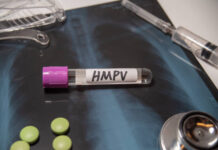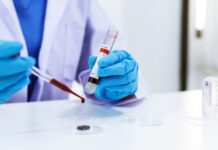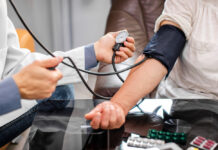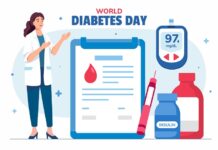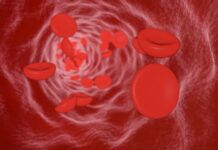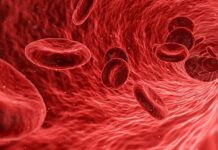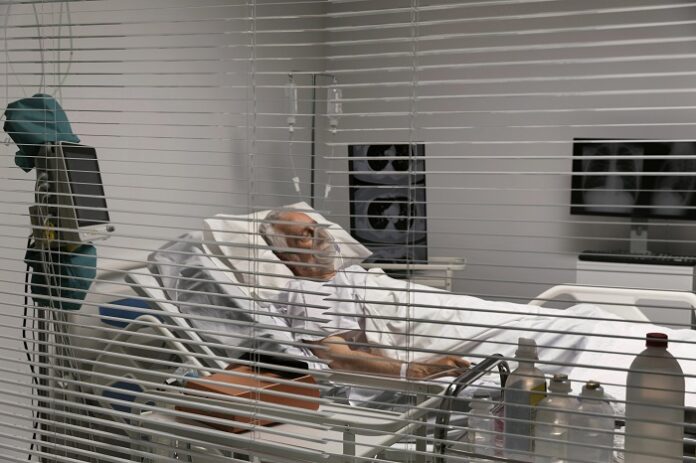A 16-year-old tabla player from Jalna, the first reported Guillain-Barré Syndrome (GBS) case at Pune’s Deenanath Mangeshkar Hospital, was discharged on Thursday after nearly two months on a ventilator. Although he has left the hospital, his recovery is far from complete. His limb strength remains weak, and he still cannot walk without assistance.
Young Patients Face Lingering Complications
Another patient, a 25-year-old man discharged over two months ago, still relies on a feeding tube. Dr. Sudhir Kothari, neurologist at Poona Hospital, explained, “He has improved and can walk, but he has not regained the ability to swallow. Typically, GBS patients recover their swallowing function, but this has not happened in his case.”
Even though the GBS outbreak in Pune has ended, several patients continue to experience severe symptoms. According to the health department, 10 GBS patients remain on ventilators, while 16 are still in intensive care units (ICUs).
Current GBS Cases in Pune Hospitals
Dr. Sameer Jog, a consultant intensivist at Deenanath Mangeshkar Hospital, reported that the hospital still has five GBS admissions. Among them, one patient remains on a ventilator, while two are in the ICU but breathing independently. Additionally, three patients discharged about 20 days ago can now walk but still rely on feeding tubes due to persistent swallowing issues.
As reported by TOI, Dr. Jog also shared updates on the tabla player from Jalna, who was admitted on January 15. “He spent nearly two months on a ventilator and was finally discharged this Thursday. However, his limb strength has not fully returned, and he still needs assistance to walk.” So far, the hospital has discharged 30 GBS patients.
Severe Variant Delays Recovery
Dr. Ameet Dravid, an infectious disease expert at Poona Hospital, noted that some patients take longer to recover due to the severity of their condition. “One of my patients, discharged two-and-a-half months ago, still has lower limb weakness. This is not uncommon, as GBS associated with Campylobacter jejuni is the axonal type—the most severe variant. Such patients often experience prolonged recovery,” he explained.
These cases frequently involve residual neurological deficits, extended ventilator support, and complications. “While medical literature documents this, the recovery process remains difficult and lengthy for patients,” Dr. Dravid added. One of his patients has regained all functions, including swallowing, but continues to experience lower limb weakness.
20% of Patients May Experience Long-Term Weakness
Brigadier (Retd.) Dr. S. P. Gorthi, Head of Neurology at Bharati Hospital, highlighted the slow recovery process in some cases. “GBS is a condition where certain patients take months to regain strength. While 80% eventually recover fully, 20% may continue to experience weakness for up to a year,” he said.
At Bharati Hospital, three-fourths of GBS patients have made a full recovery. However, the remaining patients still suffer from persistent weakness and fatigue.
Sassoon Hospital Continues Treating Critical Cases
At Sassoon General Hospital, four GBS patients are currently admitted, with two still in the ICU. A hospital official reported that a 22-year-old woman has been hospitalized for two months. After spending time on a ventilator, she is slowly regaining strength.
Meanwhile, a 35-year-old man, admitted just eight days ago, remains in the ICU with paralysis affecting all four limbs and his face.
Although the outbreak is over, these cases highlight the prolonged and challenging recovery faced by many GBS patients.





